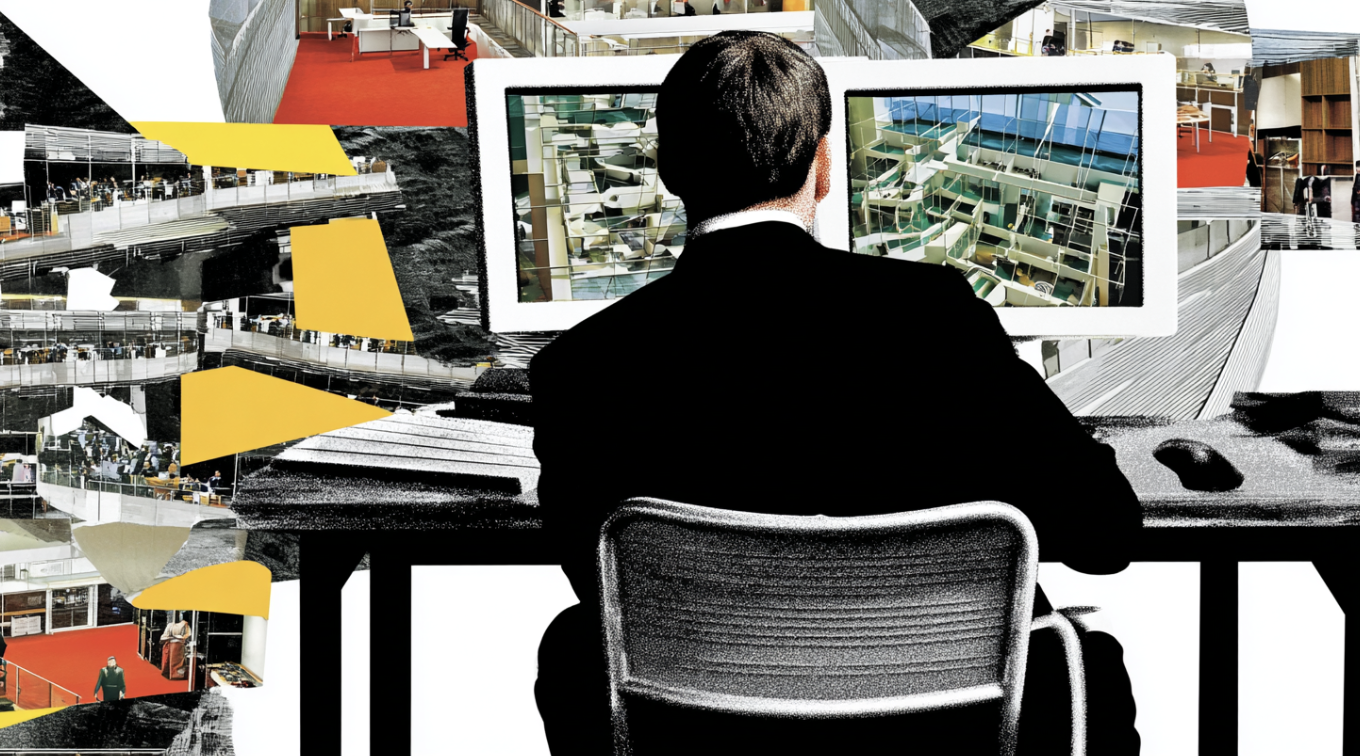Density vs. Desk Booking Data
Desk booking systems ease reservations but often fail to effectively measure actual space utilization.

While desk booking systems are popular for reserving workspaces, they often fall short in comprehensive space analytics that are increasingly vital for the modern workplace.
As companies grapple with fluctuating occupancy and the need for greater insights into space utilization, more specialized technologies like Density are emerging as potential game-changers. This article offers a detailed comparison of Density and desk booking systems, helping you decide whether to opt for traditional desk booking methods or embrace a more comprehensive, data-driven approach.
Key features overview
Density: Utilizing a combination of 3D sensing and machine learning algorithms, Density sensors provide an accurate count of people entering and exiting spaces. This data is then processed by our software platform to offer occupancy and utilization insights at the building, floor, and space level, all while keeping the identities of employees anonymous.
Desk booking systems: These are software solutions that enable employees to book desks, meeting rooms, and other shared resources within a workplace. They offer insights based on reservation data, but may not account for actual usage or occupancy.
Comparison metrics

Pros and cons
Density:
- Pros: High accuracy, real-time insights, completely anonymous
- Cons: Hardware required, does not track identities
Desk booking systems:
- Pros: No hardware required, simple software integration
- Cons: Does not provide actual usage data, not anonymous, may lead to ghost bookings. Low adoption rates.
Takeaway
While desk booking systems offer the convenience of planned reservations, they lack the real-time adaptability and anonymity that Density provides. Density's real-time, accurate data collection makes it a compelling choice for companies looking for an in-depth understanding of their workspace utilization.
FAQ: Density vs. desk booking data
Q1: How do Density and desk booking systems collect data?
- Density: Uses 3D sensing and machine learning algorithms to anonymously count individuals in spaces.
- Desk booking: Primarily relies on manual booking through apps or platforms to reserve desks or spaces.
Q2: What are the cost implications?
- Density: Hardware and annual data fees, which are variable by volume.
- Desk booking: Software subscription costs, and potential costs for integration with existing office systems.
Q3: Is the data from Density and desk booking systems accurate?
- Density: Highly accurate, with real-time, continuous data.
- Desk booking: Accurate for reservations but does not account for no-shows or unplanned desk usage.
Q4: Are these methods scalable?
- Density: Highly scalable, capable of monitoring multiple entry points, floors, or buildings.
- Desk booking: Scalable but may require more complex integrations for larger implementations.
Q5: What about employee anonymity?
- Density: Completely anonymous. No personally identifiable information is collected.
- Desk booking: Not anonymous, tied to individual user accounts.
Q6: How easy is it to analyze the data?
- Density: Comes with a robust software platform for simple data analysis.
- Desk booking: May require additional software or manual efforts for comprehensive data analysis.
Q7: Can these methods adapt to real-time changes?
- Density: Absolutely.
- Desk Booking: Less adaptable to real-time changes, especially when it comes to no-shows or last-minute bookings.
Table of Contents
Key Takeaways

DisruptCRE founder shares how corporate real estate is changing
Companies are moving employees from underutilized offices into "space as a service” options with utilization data.
Watch now
Half of offices are empty but you still can’t find a meeting room
Employees waste up to 30 minutes a day looking for a meeting room to meet in workplaces.
Read moreMost recent

The truth behind “99% accurate” occupancy sensors
Accuracy in occupancy sensing depends on the type of space and situation you’re measuring—not a flat percentage claim.

Space waste: The industry’s naughty and nice list
Our sensors spilled the beans: What industry is winning, who's wasting and who's hogging your office real estate.
.png)
Improve your occupancy sensor RFP with our best practice guide
Discover essential questions to simplify your occupancy sensor RFP process and confidently choose the right vendor.

Does RTO actually work? A webinar debate with the data
Density’s RTO data sparks debate between a pro-office CEO and a remote-friendly workplace strategist.
Explore other Density Products
Atlas for Workplace
Insights for the workplace that help you cut costs and deliver better spaces.
Learn more